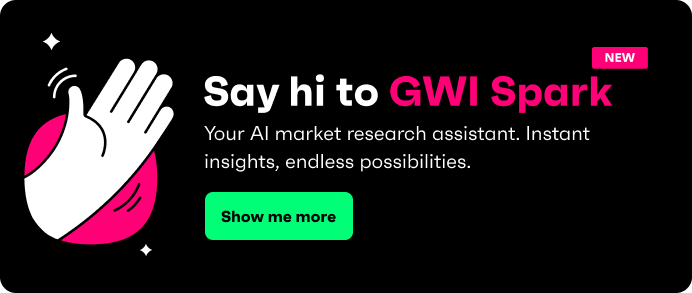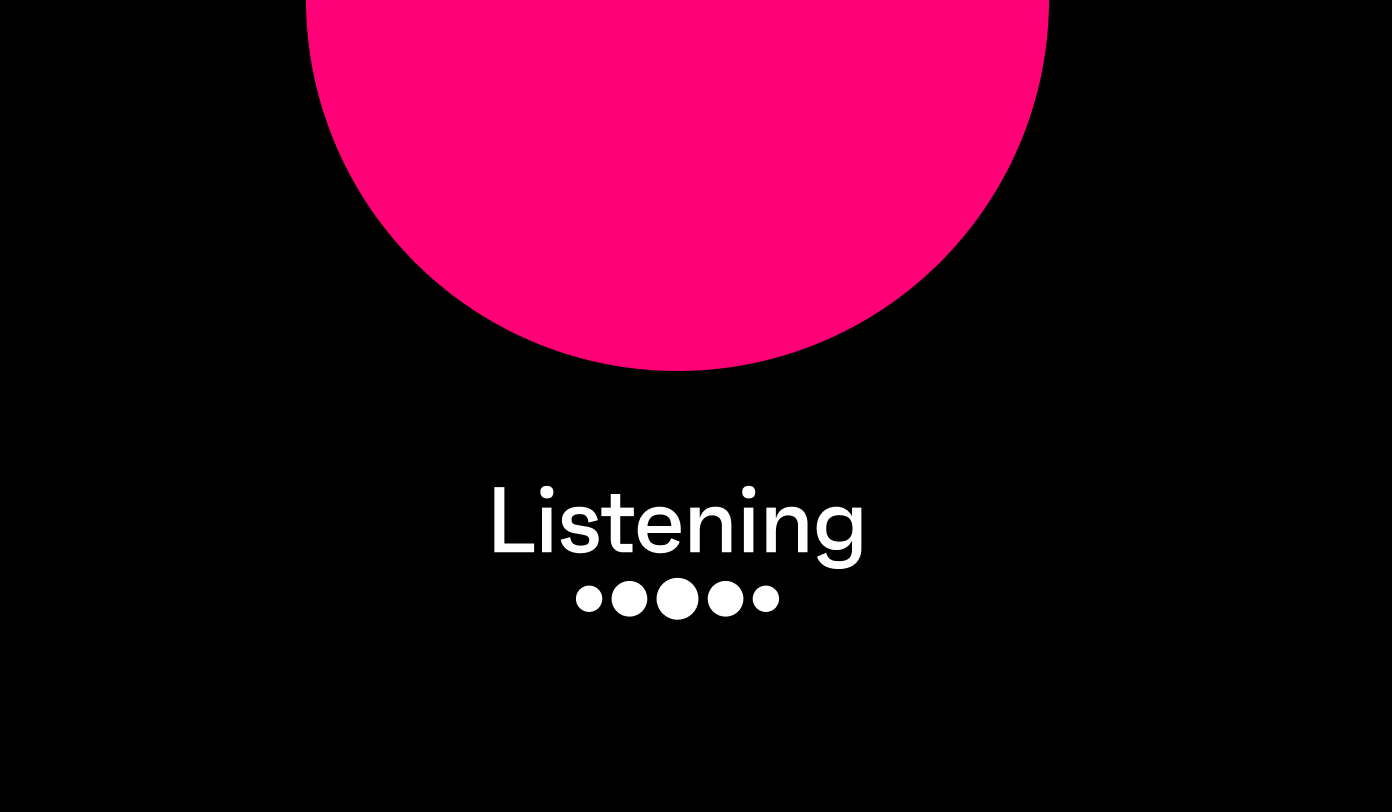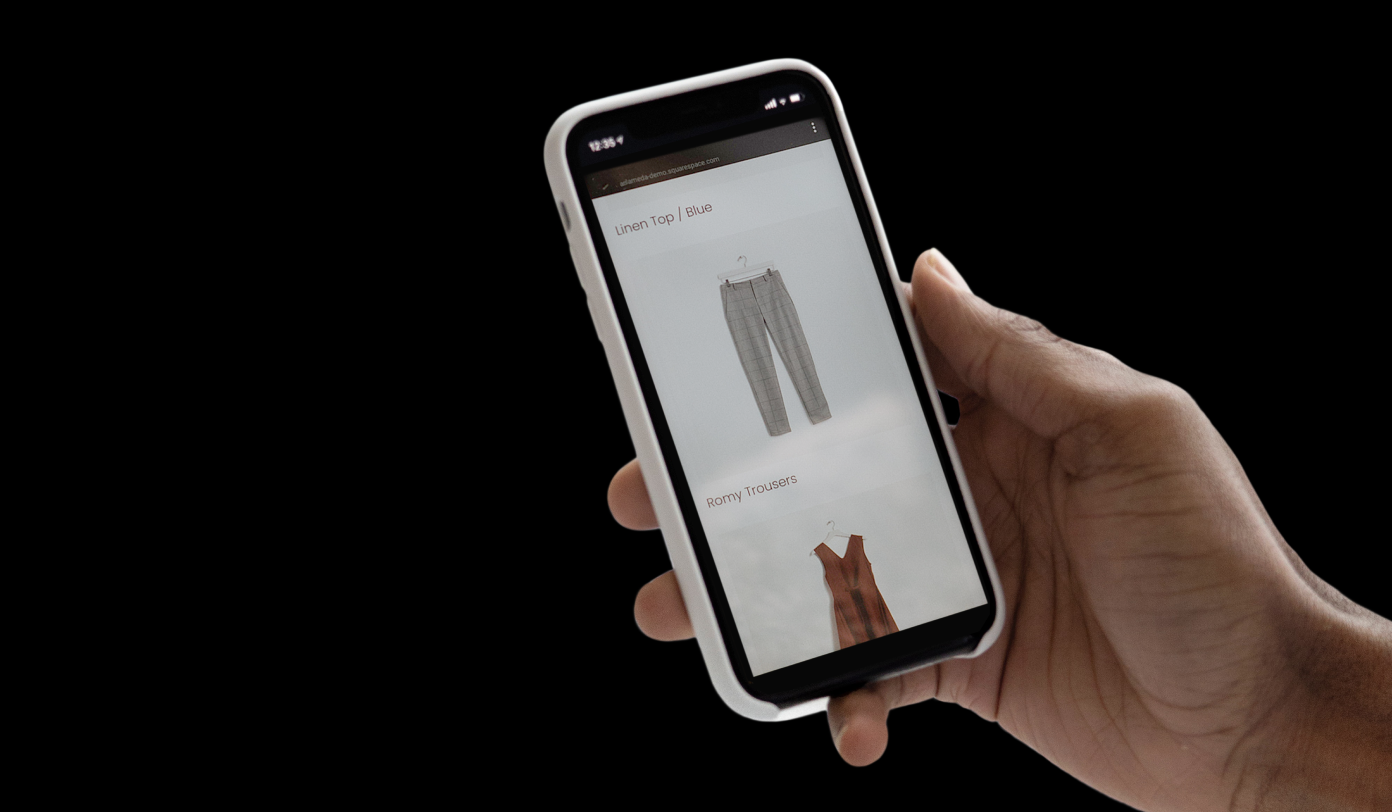
Esports might not be making as much noise as it once did, but that doesn’t mean the momentum’s gone completely - it’s just moved in a new direction. The scene has shifted from rapid growth to steady evolution, with new formats, platforms, and fan behaviors shaping what comes next. For brands and marketers, the focus should be understanding where the value lies now, and how to show up in ways that feel relevant, creative, and built to last.
Why esports still matter in 2025?
It’s true - interest in esports among Gen Z and millennials has leveled off slightly. But a dip in hype isn’t a decline in relevance. In fact, the industry is still on course to pass $5 billion in revenue this year.
We’re still seeing strong growth in markets like Israel (+31%), Egypt (+11%), and the Netherlands (+10%) since 2020. But more importantly, esports remains one of the few spaces where younger, ad-resistant audiences are still actively engaged. For brands trying to reach consumers who scroll past ads without a second thought, that kind of access is rare, and worth leaning into.
Key esports trends driving the 2025 landscape
Esports is evolving, and with that comes new opportunities for the brands that get it.
Mainstream integration with traditional sports
Esports and traditional sports are no longer operating in separate arenas, they’re increasingly part of the same cultural conversation. Collaborations like the NBA 2K League and F1 Esports are leading the way, creating crossover moments that resonate with fans of both. It’s no longer just about gaming, it’s about shared experiences, co-streamed events, joint sponsorships, and franchises that help position esports as a credible extension of the wider sports ecosystem.
This growing overlap reflects the audience too. Two-thirds of esports fans also follow soccer (football), making them 32% more likely than the average sports fan. But their interests go far beyond the mainstream. They’re also significantly more likely to follow niche sports like wakeboarding (+167%) and squash (+142%).
For brands, this eclectic mix is an open invitation. Whether it’s global sports or hyper-niche passions, there’s real potential to build creative, culturally relevant campaigns that speak to fans' multifaceted interests.
Mobile-first viewership is now the norm
When it comes to esports, mobile is a major part of the experience.
Today’s fans are glued to their phones, and that’s where most of their viewing happens. In fact, 79% of esports fans watch along on mobile, making it the default device for tuning in. From discovery to deep engagement, it’s where esports culture is consumed, shared, and shaped. For brands looking to connect with this audience, designing for mobile-first isn’t optional, it’s essential.
Outside of China, YouTube leads the pack as the top platform for esports content (81%), followed by Instagram (52%). These aren’t fringe spaces - they’re where fans are already spending their time. So while there’s always buzz around emerging platforms, the smartest brands aren’t chasing the next big thing, they’re showing up consistently on the platforms that matter most right now.
Women are claiming their space in esports
The old stereotype of esports being a boys’ club doesn’t hold up anymore. Women are playing an increasingly bigger role; showing up, tuning in, and shaping the scene in ways that can’t be overlooked.
Globally, nearly half of all gamers are women (47%). And when it comes to esports in particular, women make up 32% of the fanbase, a number that continues to grow. In Latin America, for example, interest in esports among women gamers has risen by 17% since 2020, signaling a shift that’s both regional and global.
This marks a fundamental change in who makes up the esports audience. And yet, many campaigns in the space still don’t reflect that reality.
For brands, this is a moment to take the lead. To move beyond outdated assumptions and speak to the full spectrum of fans. That means championing more inclusive storytelling, showcasing diverse voices, and partnering with women creators, players, and teams who are already making their mark.
Creator-backed esports teams are taking over
Historically, esports teams were built by leagues, franchises, and big organizations. But increasingly, a new kind of team is taking shape, one built not in boardrooms, but on Twitch streams, YouTube channels, and Discord servers.
Creators, influencers, and even pro players are launching their own esports teams, blending competitive play with lifestyle content, entertainment, and community-building. These teams are brands in their own right, built on personality, storytelling, and fan connection.
While hard data on this trend is still catching up, the shift is clear. Creator-led organizations don’t just attract viewers, they cultivate loyal, highly engaged communities. After all, fans don’t just follow the gameplay, they follow the people behind it.
For brands, this opens up a powerful route into the culture. Partnering with creator-backed teams allows them to tap into authentic, ongoing relationships between creators and their audiences. It’s a chance to show up in ways that feel personal, not promotional, and that’s where the real impact lies.
Social media fuels engagement
For many fans, esports starts with a scroll. In fact, over half (52%) say social media was their entry point into the space.
This isn’t just about watching highlights or sharing memes (though there’s plenty of that too). Social is where fandom happens. 44% of fans follow esports players directly, and 26% follow commentators, bloggers, or analysts - people who bring the scene to life beyond the matches.
That makes social media more than just a supporting channel. It’s central to the experience. For brands, this is a chance to engage in the moments between the matches - to contribute to the culture, not just sponsor it. If your brand isn’t showing up here, you’re missing the moment.
Esports audience insights for marketers
Want to know who’s watching esports? Here’s your cheat sheet.
First, esports fans skew young. Very young. Gen Z are over five times more likely to follow esports than boomers. But age is just one part of the picture. Esports fans are highly invested in the space - 58% say they tune in at least once a week, and 43% believe sponsors are critical to the success of the scene. In other words, this is an audience that values brand involvement when it’s done right.
They’re also very brand-aware. 35% say they notice the logos and sponsors worn by players and teams, and 29% say it makes them more likely to buy from those brands. That kind of brand impact, rooted in visibility and relevance, shouldn’t be underestimated.
Interestingly, their engagement doesn’t stop at match time. These fans explore the full esports ecosystem:
- 30% watch esports documentaries
- 29% engage with fan-created content
- 21% listen to esports podcasts
These aren’t casual viewers. They’re dedicated, engaged, and paying attention to who’s showing up in the space. For marketers, that means going beyond ad placements. To really connect, you need to become part of the culture fans are actively exploring, contributing to, and talking about every day.
How sales and research teams can use this data
Esports isn’t just a cultural moment - it’s a lens into how younger audiences are interacting with media, content, and brands. Whether you’re building a pitch or shaping a strategy, it offers real-world evidence of where attention is going, and what engagement actually looks like in a fragmented digital world.
For sales teams
If your prospects or clients are trying to reach 16-34 year olds, esports data is your edge. It makes the case for digital-first, creator-led strategies grounded in how this audience already behaves.
Branded content, in-stream placements, creator partnerships are all ways this generation prefers to engage with brands. The more integrated the experience, the more impact you’ll have.
Use the numbers to back up your pitches and show you understand the audience better than anyone else.
For research teams
For researchers, esports data offers valuable insights into broader digital behaviors. Tracking engagement here can offer early insights into shifting behaviors among younger consumers, from content preferences to tech adoption.
It’s a real-time proxy for where digital culture is heading next. And for anyone tasked with understanding what’s coming around the corner, it’s a valuable space to watch.
What’s next in the esports economy?
The esports economy is diversifying. Expect to see more revenue coming from things like subscriptions, virtual goods, fan tipping, and branded integrations. As fans invest more time in the culture, they’re also more willing to invest financially in the teams, creators, and content they care about.
At the same time, technology is opening up fresh possibilities. AI is beginning to shape everything from player training and performance analytics, to personalized viewing and fan engagement. And while Web3 tools like NFTs and blockchain integrations are still early-stage, some organizations are already experimenting with them as loyalty drivers, offering fans unique digital rewards and collectibles.
What ties it all together? Value. The future of monetization in esports won’t be driven by novelty, it’ll hinge on how well teams, creators, and brands can deliver experiences that feel meaningful to fans. Innovation is important. But the real win comes from using it to enhance the fan experience - not distract from it.
Key takeaway for brands
Esports may no longer be in its explosive, headline-grabbing phase - but it’s far from fading. What we’re seeing now is a more mature, more layered space where culture, content, and community intersect in meaningful ways.
For brands, advertisers, and marketers, the smartest strategies aren’t chasing hype - they’re focused on what’s working today: authentic creator partnerships, mobile-first engagement, and content that fits naturally into the way fans consume and connect.





.webp?width=495&height=317&name=pink_thumb_graphs%20(1).webp)
.webp?width=495&height=317&name=pink_thumb_letter%20(2).webp)